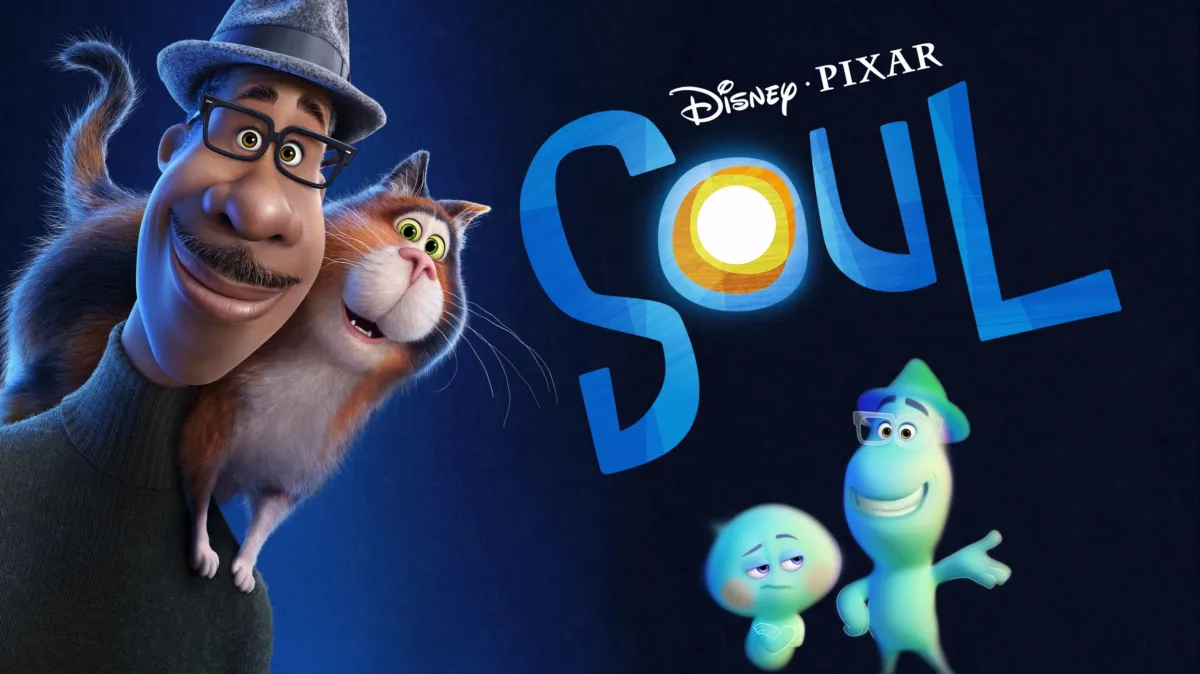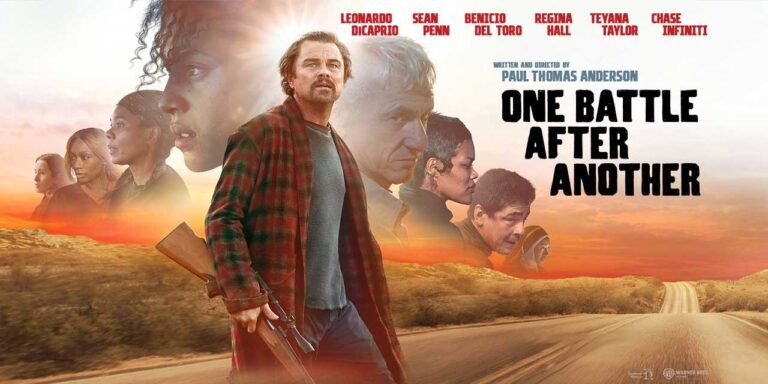
When it comes to the world of animation, Pixar has long been the gold standard, consistently delivering films that captivate audiences of all ages with their stunning visuals, compelling narratives, and profound themes. Their latest offering, Soul, is no exception, as it takes viewers on a journey that transcends the boundaries of traditional animated storytelling.
Directed by the acclaimed Pete Docter, the creative mastermind behind beloved Pixar classics like Up and Inside Out, Soul is a cinematic experience that delves deep into the very essence of what it means to be human. By blending elements of jazz, the afterlife, and the search for one’s true purpose, the film weaves a tapestry of emotions that will leave a lasting impression on audiences.
In this in-depth analysis, we’ll explore the key themes, characters, and cinematic elements that make Soul a true Pixar masterpiece, and why it’s a must-see for anyone who appreciates the power of storytelling in animation.
Uncovering the Themes of Soul
At the heart of Soul lies a profound exploration of life, purpose, and the afterlife. The film follows the story of Joe Gardner (voiced by Jamie Foxx), a middle-school band teacher whose lifelong dream of becoming a professional jazz musician is finally within reach. However, just as he’s about to achieve his goal, a freak accident separates his soul from his body, sending him on a journey through the metaphysical realm known as “The Great Before.”
In this ethereal space, Joe encounters a cynical and jaded soul named 22 (voiced by Tina Fey), who has yet to find her own spark and purpose in life. As the two unlikely companions navigate the complexities of the afterlife, they embark on a quest to help Joe return to his body and reclaim his dream, while also discovering the true meaning of a fulfilling existence.
One of the central themes of Soul is the search for purpose and the pursuit of one’s passions. Joe’s unwavering dedication to his love of jazz music is a testament to the power of following your dreams, even in the face of adversity. However, the film also explores the idea that true fulfillment goes beyond the pursuit of a single goal or ambition.
Through the character of 22, the film delves into the concept of finding one’s “spark” – that elusive quality that gives life meaning and purpose. As Joe and 22 navigate the complexities of the afterlife, they are forced to confront their own preconceptions about what it means to live a meaningful life, ultimately leading them to a deeper understanding of the true essence of human existence.
Exploring the Captivating Characters of Soul
One of the hallmarks of Pixar’s storytelling is their ability to create richly developed and relatable characters, and Soul is no exception. The film’s two central protagonists, Joe and 22, are both complex and multifaceted, each grappling with their own unique challenges and perspectives on life.
Joe, voiced by the talented Jamie Foxx, is a passionate and driven individual who has dedicated his life to the pursuit of his musical dreams. His unwavering determination and love for jazz music are palpable, and his journey to reclaim his body and his dream is both inspiring and heartbreaking. Foxx’s performance brings a depth and authenticity to the character, allowing audiences to empathize with Joe’s struggles and celebrate his triumphs.
In contrast, 22, voiced by the equally talented Tina Fey, is a soul who has yet to find her purpose in the afterlife. Cynical, sarcastic, and resistant to the idea of embracing life, 22 serves as a foil to Joe’s boundless enthusiasm. However, as the two characters are forced to work together, their dynamic evolves, and audiences witness a profound transformation in 22’s perspective on the meaning of existence.
The supporting cast of Soul is equally impressive, with standout performances from the likes of Graham Norton, Alice Braga, and Richard Ayoade. Each character, whether major or minor, adds depth and nuance to the film’s exploration of life, purpose, and the afterlife.
The Cinematic Brilliance of Soul
Beyond its captivating storytelling and well-developed characters, Soul is a true visual masterpiece, showcasing Pixar’s unparalleled artistry and technical prowess. The film’s stunning animation, coupled with its innovative use of color, light, and sound, create a truly immersive and captivating cinematic experience.
One of the most striking aspects of Soul is its depiction of the afterlife, known as “The Great Before.” This ethereal realm is a visually stunning and conceptually fascinating exploration of the metaphysical, blending abstract and geometric shapes with a serene and calming color palette. The attention to detail in the design of this otherworldly space is a testament to Pixar’s commitment to creating a truly unique and memorable cinematic experience.
The film’s use of jazz music is also a standout element, with the soulful and improvisational nature of the genre serving as a perfect complement to the film’s themes of self-discovery and the pursuit of one’s passions. The seamless integration of jazz performances, both diegetic and non-diegetic, adds a level of authenticity and emotional depth to the storytelling, further immersing the audience in the world of Soul.
Moreover, the film’s visual style is a departure from the more traditional Pixar aesthetic, with a more stylized and urban-inspired look that reflects the setting of New York City. The attention to detail in the depiction of the city’s streets, buildings, and cultural landmarks is a testament to the filmmakers’ commitment to creating a visually rich and authentic environment for the story to unfold.
The Legacy of Soul
As with all of Pixar’s acclaimed films, Soul is destined to leave a lasting impact on audiences of all ages. Its profound exploration of life, purpose, and the afterlife, coupled with its captivating characters and stunning visual presentation, make it a true cinematic masterpiece.
But beyond its artistic merits, Soul also serves as a testament to Pixar’s unwavering commitment to pushing the boundaries of animated storytelling. By tackling complex and often deeply personal themes, the studio continues to demonstrate its ability to create films that resonate with audiences on a profound emotional level, transcending the traditional boundaries of the genre.
As audiences continue to discover and engage with Soul, it’s clear that the film will join the ranks of Pixar’s most beloved and influential works, cementing the studio’s status as a true leader in the world of animation and storytelling. Whether you’re a lifelong Pixar fan or a newcomer to the studio’s impressive filmography, Soul is a must-see experience that will leave an indelible mark on your heart and mind.
Conclusion
In conclusion, Soul is a true masterpiece of animated storytelling, a film that delves deep into the very essence of what it means to be human. Through its captivating characters, stunning visuals, and profound exploration of life, purpose, and the afterlife, Pixar has once again proven its unparalleled ability to create films that transcend the boundaries of the genre.



